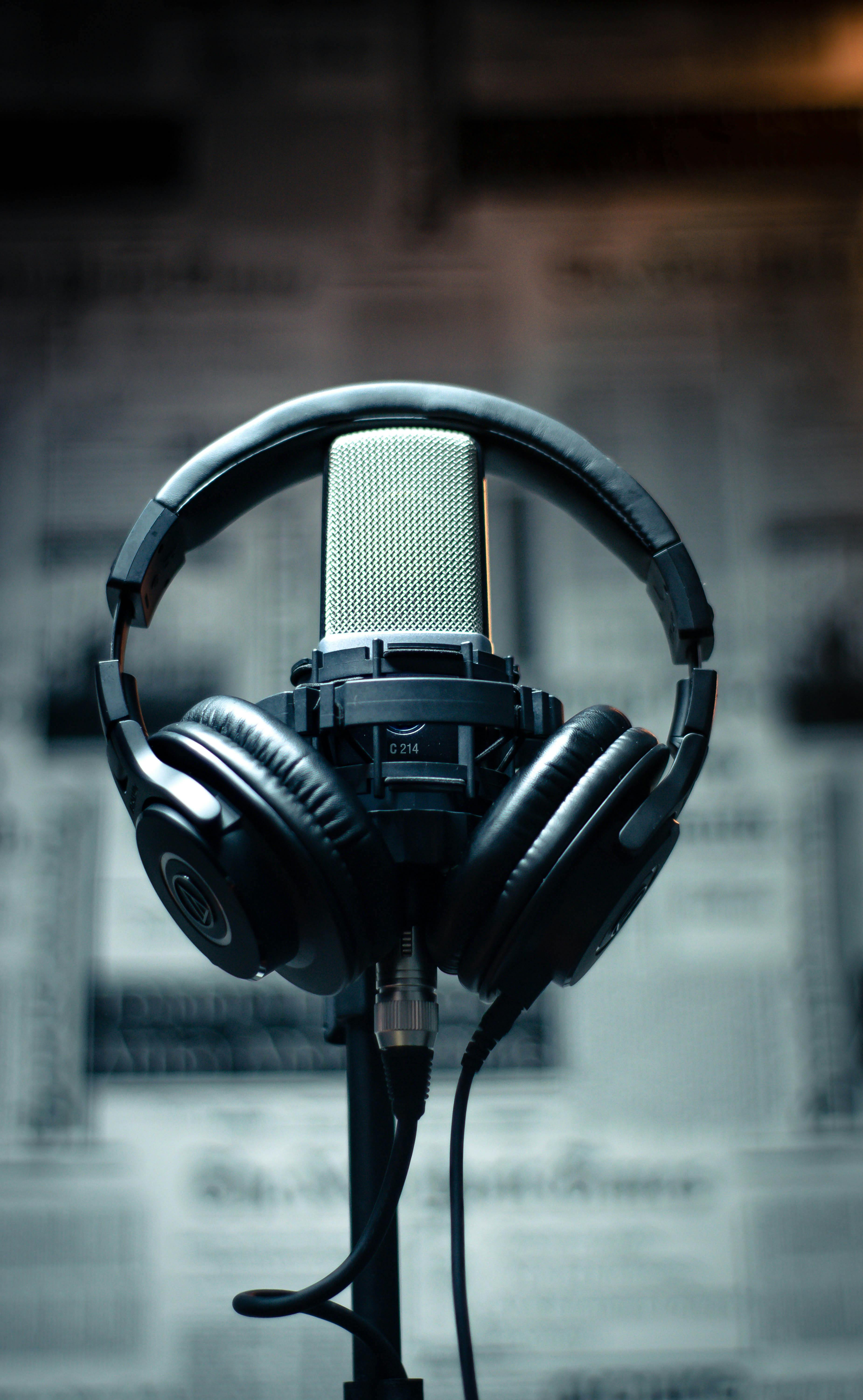
Home Studio Essentials: Building a Professional Setup on a Budget
```markdown
---
title: "Home Studio Essentials: Building a Professional Setup on a Budget"
date: "2025-07-20"
slug: "home-studio-essentials"
excerpt: "Learn how to create a professional-quality home studio without breaking the bank."
coverImage: "/blog/home-studio.svg"
category: "Equipment"
tags: ["studio", "equipment", "budget", "recording"]
author: "John Roberts"
readTime: "8 min read"
---
Home Studio Essentials: Building a Professional Setup on a Budget
Creating professional-quality music no longer requires access to an expensive commercial studio. With the right knowledge and strategic investments, you can build a home studio capable of producing industry-standard results. This guide will help you focus on the essentials while making smart decisions that maximize your budget.
The Core Components
1. Computer and DAW
Your computer is the heart of your digital studio. While you don't need the absolute latest model, you do need:
- Processor: At least a quad-core CPU (Intel i5/i7 or AMD Ryzen 5/7)
- RAM: Minimum 16GB, 32GB recommended for larger projects
- Storage: SSD for your system and DAW, separate drives for samples and projects
- Operating System: Choose based on your preferred DAW's requirements
For your Digital Audio Workstation (DAW), consider these budget-friendly options:
- Reaper: Fully-featured with a generous evaluation period ($60 for a personal license)
- Cakewalk by BandLab: Completely free and professional-grade
- GarageBand: Free for Mac users, great for beginners
- Studio One Prime: Free version with essential features
2. Audio Interface
This is one area where quality matters significantly. A good audio interface provides:
- Clean preamps for recording
- Low-latency monitoring
- Reliable drivers
Budget-friendly recommendations:
- Focusrite Scarlett 2i2 ($160)
- PreSonus AudioBox USB 96 ($100)
- MOTU M2 ($170)
3. Monitoring
Accurate monitoring is crucial for making good mixing decisions:
Headphones: Start with a good pair of closed-back headphones:
- Audio-Technica ATH-M40x ($100)
- Sennheiser HD 280 Pro ($100)
- Beyerdynamic DT 770 Pro ($150)
Monitors: When budget allows, add studio monitors:
- PreSonus Eris E3.5 ($100)
- JBL 305P MkII ($150 each)
- Kali Audio LP-6 ($150 each)
4. Microphone
For vocals and acoustic instruments, start with a versatile large-diaphragm condenser:
- Audio-Technica AT2020 ($100)
- Rode NT1-A ($230)
- AKG P220 ($150)
Add a dynamic microphone when possible:
- Shure SM57 ($100) - Incredibly versatile
- Shure SM58 ($100) - Great for vocals
5. Acoustic Treatment
Often overlooked but critically important:
- Start with bass traps in corners
- Add absorption panels at first reflection points
- DIY options can save significant money:
- Rockwool insulation panels wrapped in fabric
- Moving blankets for temporary treatment
- Bookshelves filled with books can help diffuse sound
Setting Up Your Space
Room Selection
If possible, choose a room with:
- Minimal outside noise
- Non-parallel walls (or use treatment to minimize standing waves)
- Adequate size (avoid perfect squares or cubes)
- Minimal reflective surfaces
Ergonomics
Set up your workspace for comfort during long sessions:
- Position monitors at ear level, forming an equilateral triangle with your head
- Invest in a quality chair with good back support
- Position your keyboard, mouse, and MIDI controllers for comfortable access
- Consider monitor stands or a proper studio desk
Budget-Saving Tips
- Buy used gear from reputable sources (Reverb, eBay with buyer protection)
- Prioritize acoustics over expensive gear upgrades
- Learn one DAW thoroughly before considering alternatives
- Use free plugins - Many are comparable to expensive options
- Upgrade strategically - Start with items that directly impact recording quality
Free and Low-Cost Software Tools
- Plugins: Melda Production Free bundle, TDR Nova, Voxengo SPAN
- Virtual Instruments: Spitfire LABS, Vital synth, BBC Symphony Orchestra Discover
- Effects: OrilRiver reverb, TAL chorus, Valhalla Supermassive
Conclusion
Building a home studio on a budget is about making strategic choices and understanding where your money makes the biggest difference. Focus first on the fundamentals: a reliable computer, decent audio interface, and good monitoring environment. As your skills grow, you can upgrade components selectively.
Remember that many professional-quality recordings have been made with modest equipment. Your knowledge, skills, and the acoustic properties of your space often matter more than having the most expensive gear.
For personalized advice on your home studio setup or to learn more about our production services, contact us today.
</code></pre><p>
Written by
Johnny